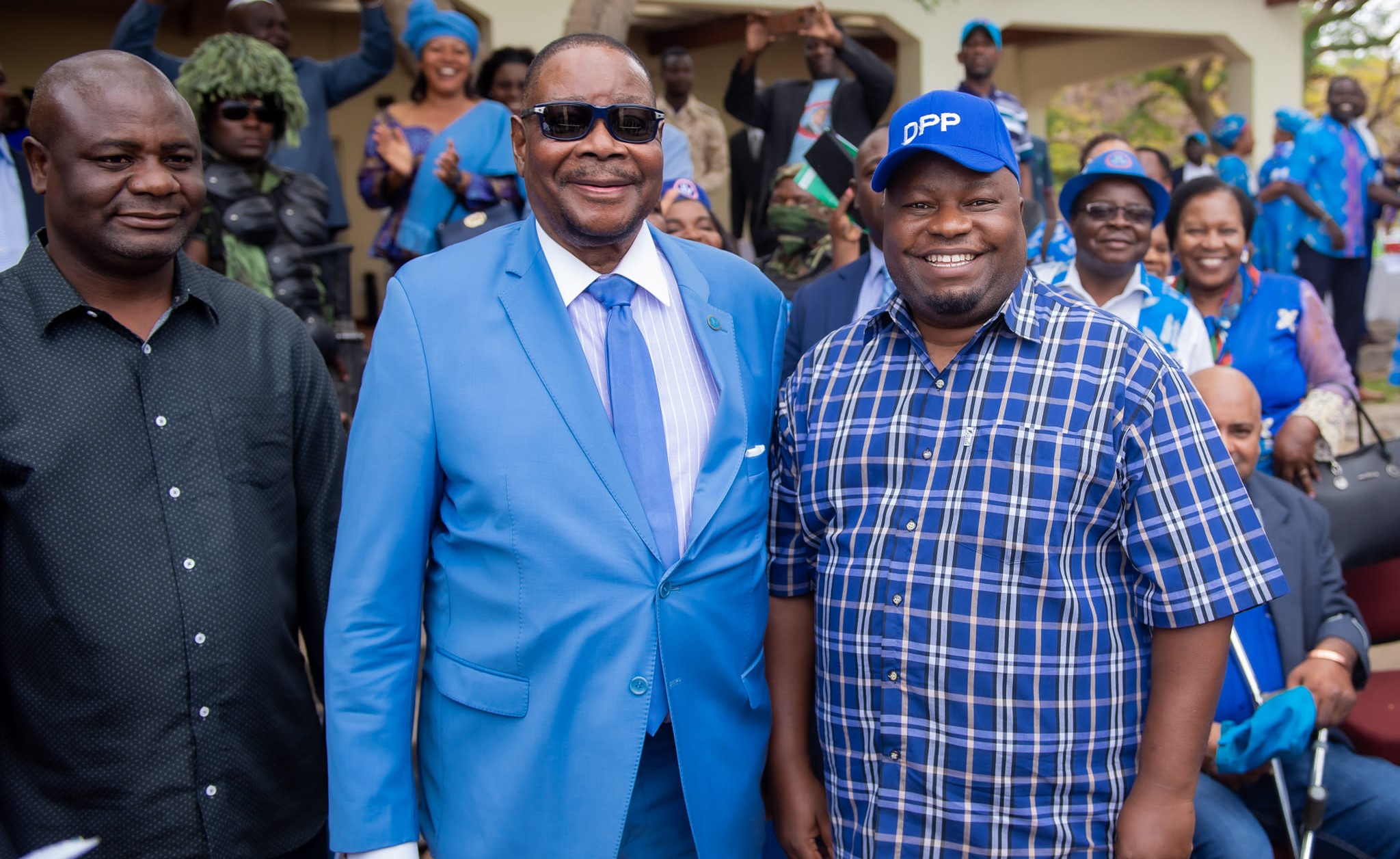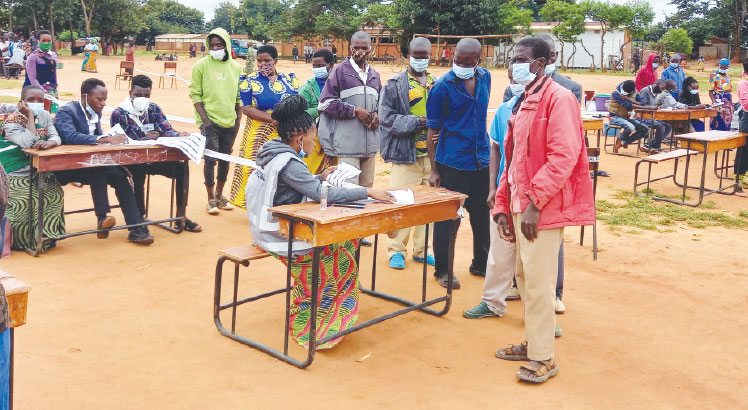We need a time devoted to thinking – part 1
Mr. Crispin Ng’oma, popularly known as CNN by his friends, is now enjoying his retirement in the plush suburb of Blantyre called Mandala. He is one of the earliest scientists to have emerged from the original University of Malawi (Unima), comprising Chancellor College, Soche Hill Teacher Training College and Polytechnic in Blantyre as well as Bunda College of Agriculture in Lilongwe. He was in the first cohort that enrolled at the freshly opened Unima in 1965. That time, Chancellor College was at Chichiri in Blantyre before a purpose built campus was developed in Zomba.
After leaving college, Mr. Ngo’oma picked up his first job at Portland Cement, Changalume. Within months of Mr. Ng’oma joining Portland Cement, the company became a subsidiary of a newly introduced conglomerate called the Malawi Development Corporation (MDC). He only spent seven months at Portland Cement after which Mr. Peter Hardbick, MDC general manager moved him to another subsidiary of the company called National Oil Industries Limited (Noil).
Mr. Hardbick knew that Mr. Ngo’oma had worked for Noil during his vacation time while he was a student at Chancellor College. He had, in fact, proposed that Noil should acquire own equipment for determining the quality of cotton seed oil rather than relying on the facilities of its client, Lever Brothers.
Noil had two main business lines, namely the crushing of cotton seed to extract oil which was sold to Lever Brothers (while the cake was sold as animal feed, mainly on the export market) and the milling of rice for local distribution and for export. Because of these products, Noil became an internationally recognised food processing company, a far cry from the state of our manufacturing companies today. As a result, Mr. Ng’oma received a number of invitations to attend workshops in different parts of the world. The government would from time to time include him on the list of those attending international trade fairs outside the country.
One of such workshops took place in India in 1971 organised by an a newly introduced appendage of the United Nations called the United Nations Industrial Development Organisation (Unido). It drew 12 participants from various parts of the world. Three of the participants were from Africa, one each from Nigeria, Egypt and Malawi.
When they got to India, Unido head told the 12 participants that they had been picked in recognition of their expertise in food processing and that the purpose of the workshop was for them to develop a Unido training programme for food processing engineers across the world. Mr. Ng’oma felt particularly humbled by this assertion. He asked his colleagues to allow him to head the group and they all agreed. They immediately hit the ground running.
Their punishing work schedule included flying to various Indian cities to appreciate and learn from their manufacturing sector. This gave Mr. Ng’oma the opportunity to meet some of the world achievers that he had only read about.
At the Central Food Technological Institute (CFTRI) for example, he met a man called Swaminathan. CFTRI, which was located in Mysore, was their host for this workshop. Working under Dr. Parpia at CFTRI, Dr Swaminathan had been the first person in the word to quantitatively analyse aflatoxins in groundnuts using a method known as flash photolysis. Mr. Ng’oma had been involved in qualitatively analysing aflatoxins back home, using thin layer chromatography, which was then the traditional procedure of doing this. He was able to do this at Admarc laboratories. Naturally he read about the new technique developed by Dr. Swaminathan, but thought it was something confined to literature. It was, therefore, a great honour to meet Dr Swaminathan in person.
Mr. Ng’oma had also d read about a Dr. Dandona, the first man in the world who had hydrogenised cotton seed oil to produce margarine. As team leader, he ensured that one of the cities to be visited should be Madras, where Dr. Dandona worked at Tata Oil Mills. When the trip materialised, Mr. Ng’oma grabbed the once-in-a-lifetime opportunity to meet up with one of people he greatly admired, Dr. Dandona. At that time, Tata was working on developing Indian trucks.
What was perhaps the highlight of the trip to India was that the participants noticed that at that time India had put a total ban on imports of any description. They said it was “a period devoted to thinking” and encouraged Indians, particularly those with technical backgrounds to think of ways of manufacturing things.



